
Russia’s nighttime bombardment of 500 strike drones and 50 missiles on Ukraine was not just another bombing in the war there was an exhibit of industrial-scale aerial warfare and a test of NATO defense posture involved. At least five individuals were killed and ten wounded by the attack, which hit multiple regions like Lviv, Zaporizhzhia, and Chernihiv, stated Ukrainian President Volodymyr Zelenskyy. Critical infrastructure like power grids and pipelines were all severely damaged, rendering tens of thousands of people without power supply.

1. The Shahed Drone Production Factory
The backbone of the attack capacity of Russia is its domestically mass-produced Shahed-type drones, formerly Iranian-origin models but now locally produced under the Geran-1 and Geran-2 names. These drones, priced at $20,000 to $50,000, are manufactured in facilities like the Alabuga Special Economic Zone, whose output has surged to thousands per month. Geran models have been upgraded by best-class navigation systems like Kometa CRPA GNSS arrays, Ukrainian jamming-immune, and warheads upgraded to 80–90 kg to increase destruction power. Russia also used decoy models like the Gerbera, priced at around $10,000 each, to saturate and confuse Ukrainian air defenses.
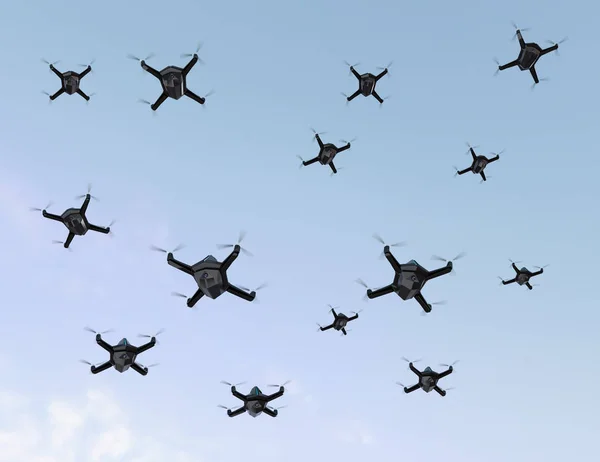
2. Saturation Tactics and Attrition Warfare
The tactical doctrine of Russia relies on overwhelming defenses with quantities. Volleys of drones typically comprise strike, reconnaissance, and decoy UAVs, tiring defenders out by burning expensive interceptors. As per experts, anywhere between 500 and 1,000 Shahed attacks per week have been fired at Ukraine since the start of 2025. The economic imbalance is stark: not destroying a $20,000 drone by shooting it down with a $500,000 missile will not be an enduring strategy. This cost-creating approach tries to demoralize both the physical defense of Ukraine and civilians as well.

3. NATO’s Rapid Response in Poland
The magnitude of the strikes prompted NATO warnings in Poland, with German Patriot units and Dutch F-35s putting units on high alert. Polish Operational Command verified that troops were scrambled for four hours, but airspace infringement did not occur. It was simply part of a larger trend Russian drones have entered NATO airspace in Poland, Romania, and Estonia before, which prompted the alliance to initiate Operation Eastern Sentry to bolster its eastern defenses.

4. Air Defense Economics and Innovation
NATO leaders understand that it is economically not sustainable to use costly interceptors against inexpensive drones. NATO Supreme Allied Commander Transformation Adm. Pierre Vandier underlined the need for “a mass versus mass solution” and revealed tests of autonomous interceptor drones priced roughly equivalent to Russian targets. These systems have a one-for-one kill ratio and can deploy in a matter of months. Directed-energy weapons like 50–60 kW high-energy lasers by RTX and Rheinmetall are also in the competition for point defense against swarms.

5. Legal and Strategic Implications of Airspace Defense
Russian incursions into the airspace of NATO utilizing drones pose intricately complex legal challenges in the law of nations. As deduced in NATO legal briefs, illegal intrusion into the territorial domains of states by military drones violates sovereignty and, in certain circumstances, might amount to a forbidden use of force or even an armed attack. The law on neutrality requires states to drive away or destroy attacking belligerent aircraft and thus gives a justification for NATO to pursue drones through member states.
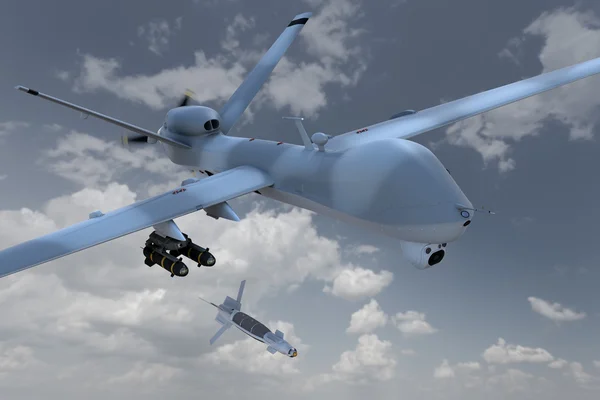
6. Ukraine’s Counter-Offensive Against the Drone Network
Ukraine has pushed back by attacking deep within Russia’s drone production and supply chain. Long-range UAVs such as the Liutyi, which has a 2,000 km range, have attacked assembly factories in Yelabuga and electronic component suppliers in Cheboksary. The attacks are a déjà vu of counter-IED tactics in previous wars interdiction of production nodes to drive down battlefield saturation. Targeting warehousing facilities and component manufacturing, Ukraine attempts to restrict Russia’s ability to innovate and mass-produce new models.
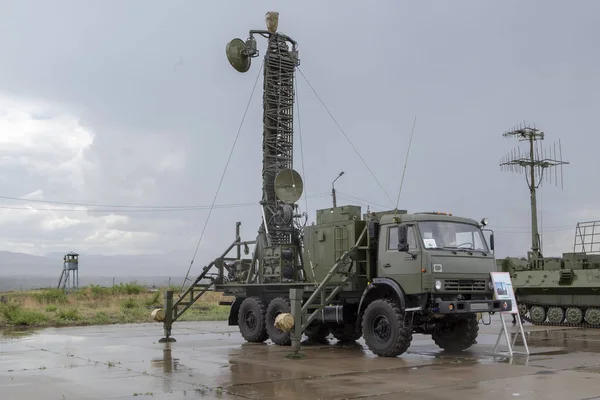
7. Electronic Warfare and Layered Defense Integration
Ukraine’s air defense relies on radar, acoustic detectors, mobile air-defense forces, and electronic warfare capabilities such as Pokrova to jam or spoof drone navigation. Multi-layered defenses make low-cost mass-attack countermeasures a requirement, keeping costly interceptors for missile or high-speed threats. NATO analysts counter that having the same systems deployed within Ukraine would safeguard Ukrainian and NATO territory while decreasing the chances of accidental or intentional cross-border strikes.
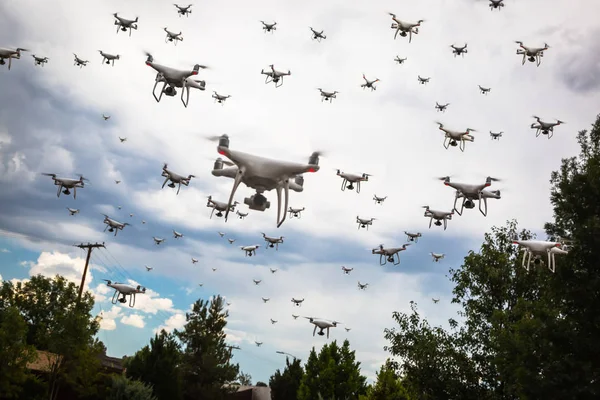
8. The Future Battlefield: Volume Over Precision
The 500-drone attack puts the focus on a new modus operandi of the modern conflict: victory may no longer be about precision but about sheer volume and resilience. Russia’s capacity for experience at the field level improving drones, honing swarm technology, and mass-producing them has put traditional defense models to the test.
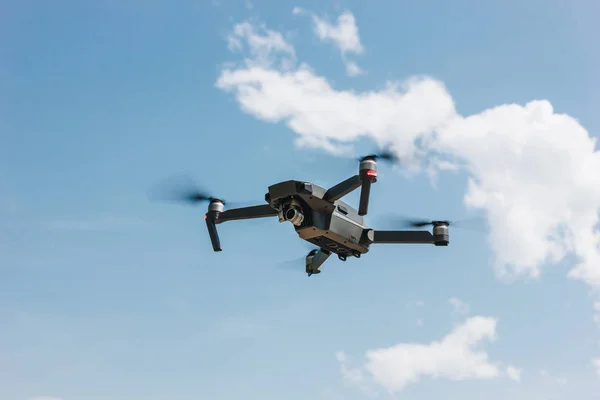
For NATO and Ukraine, the task is simple: build robust, low-cost defenses and hit the factory bases that make mass drone warfare possible. Following the recent salvo, the competition is still a test of endurance. Every salvo of UAVs strains not just the physical capability of air defense systems but also strategic cohesion of coalitions facing a technologically superior enemy.

